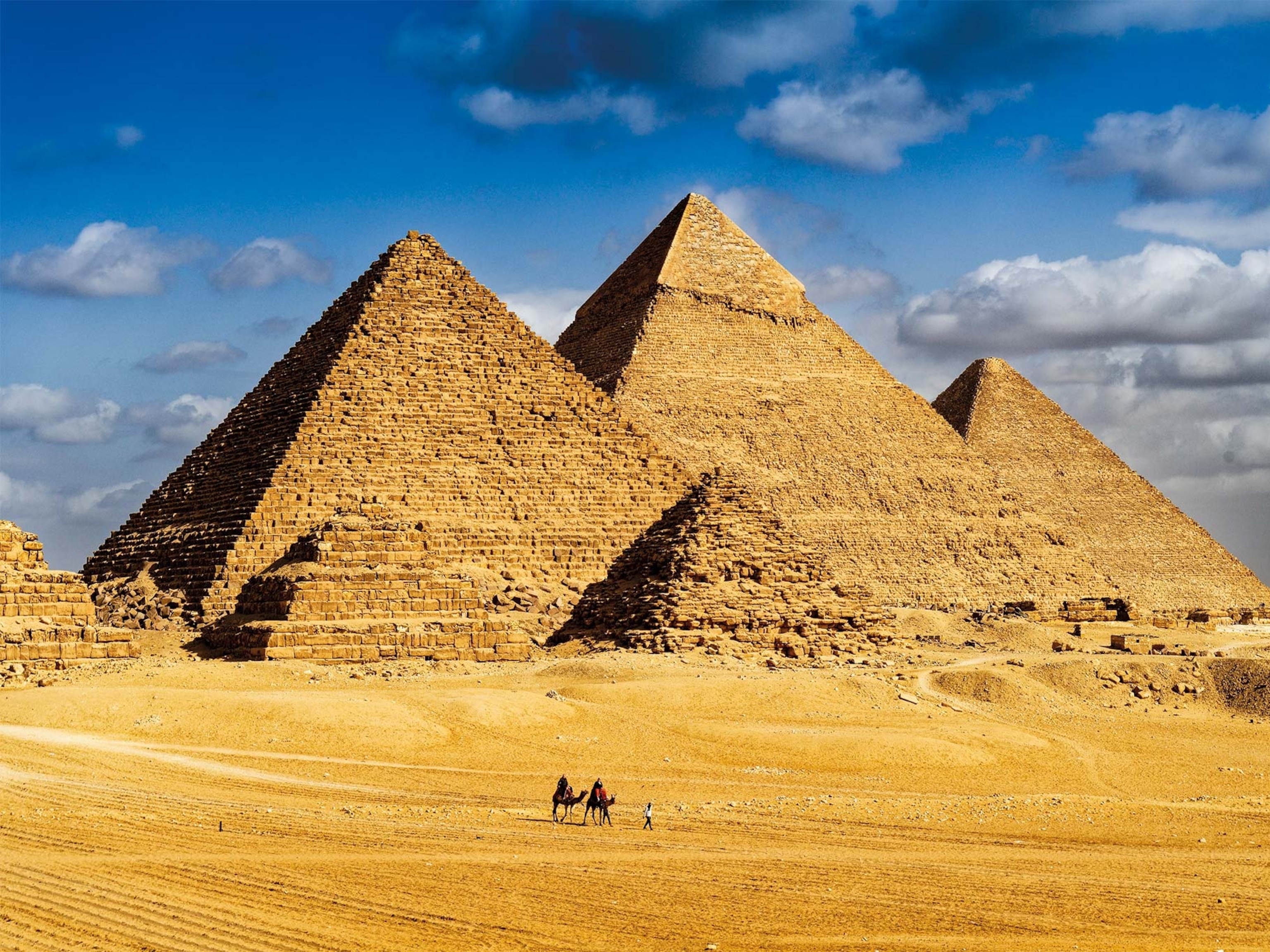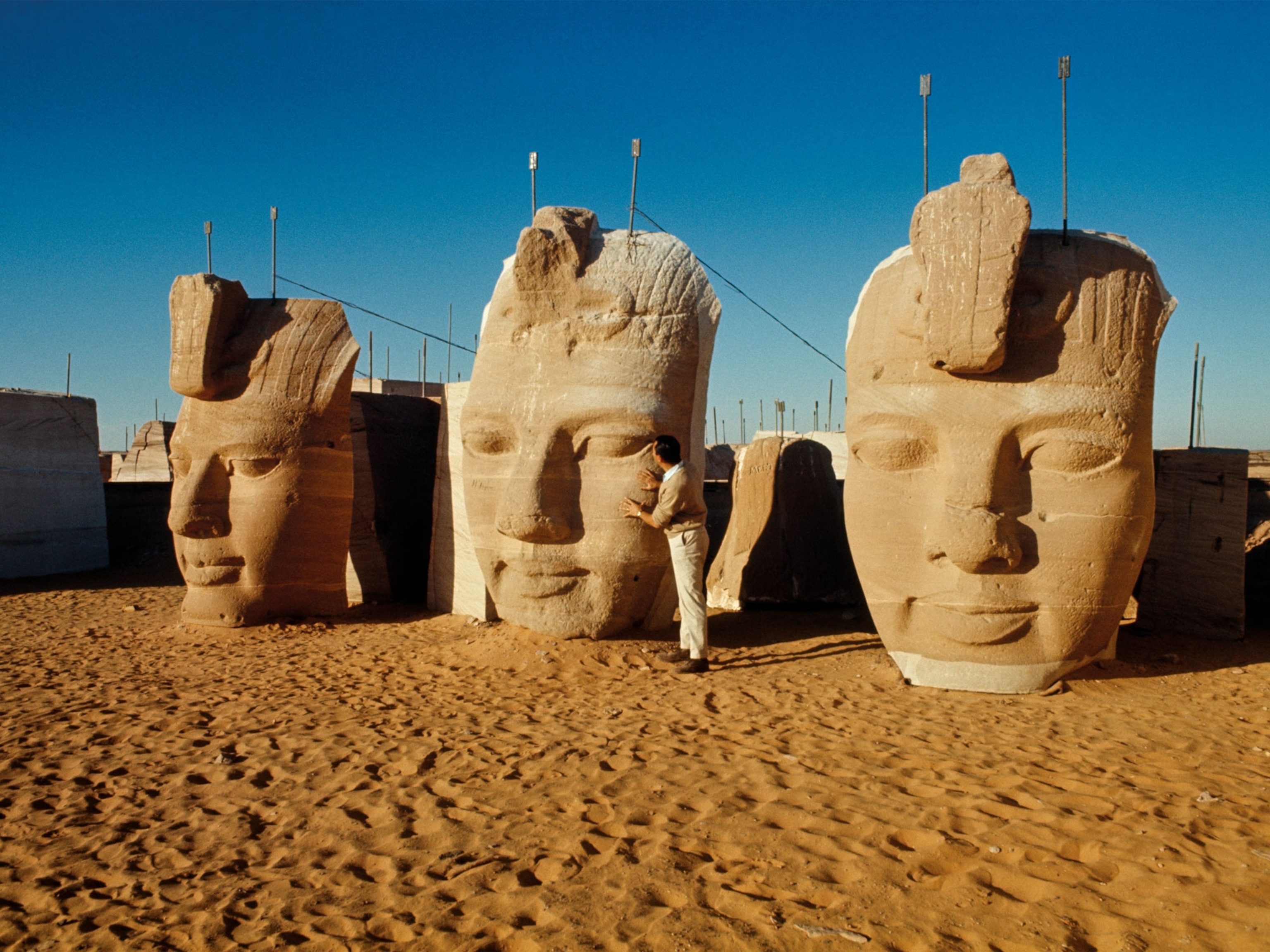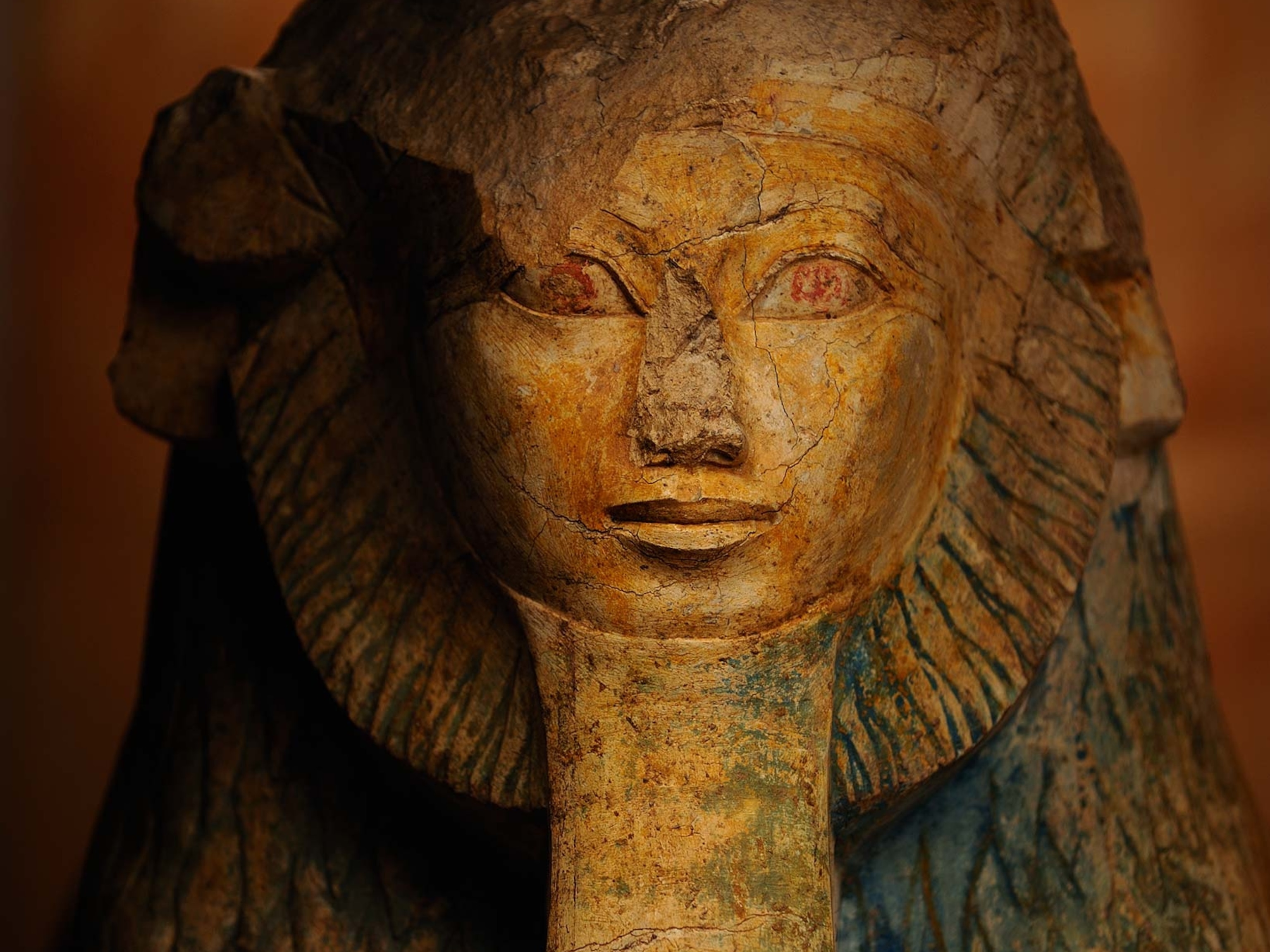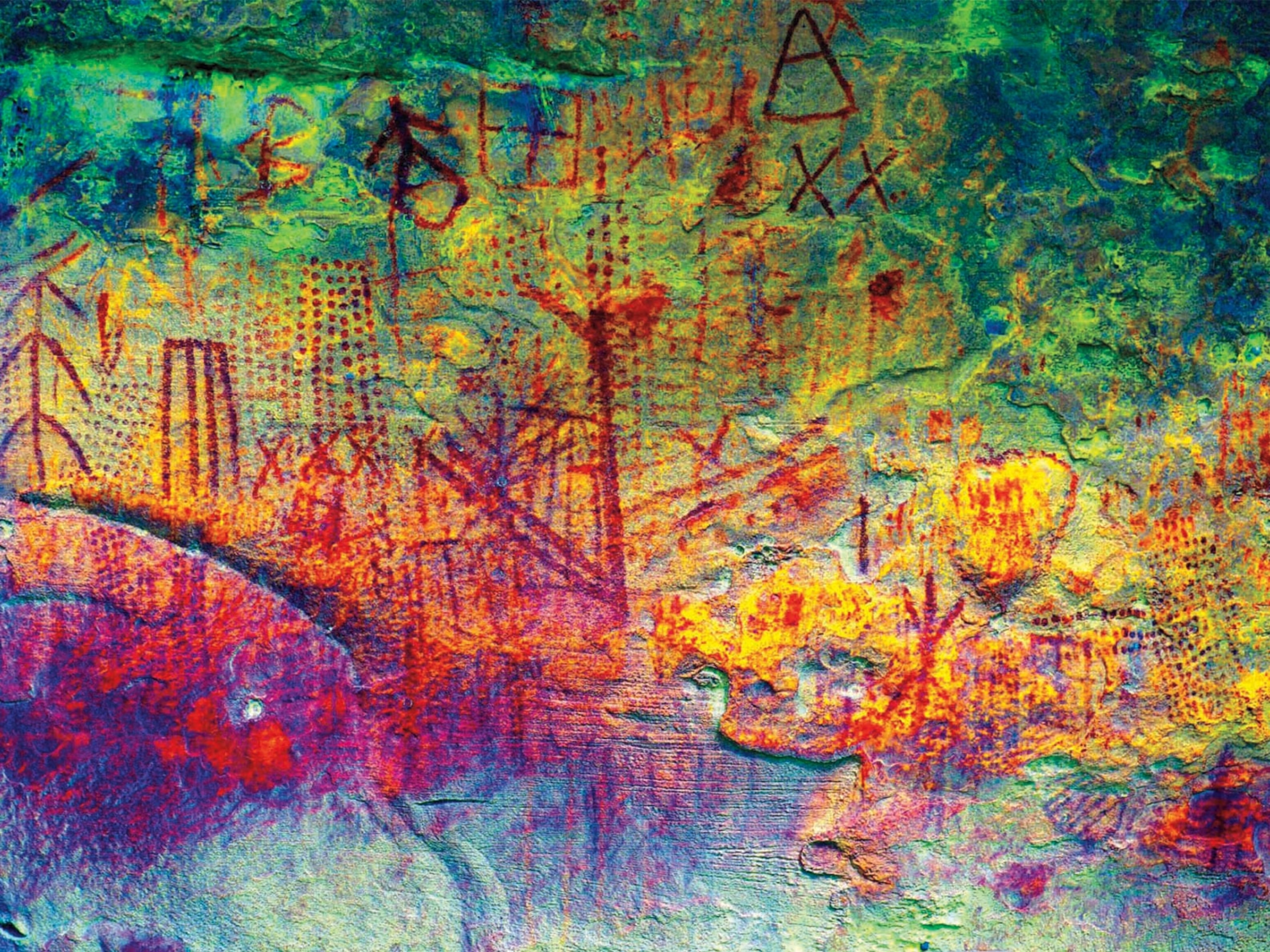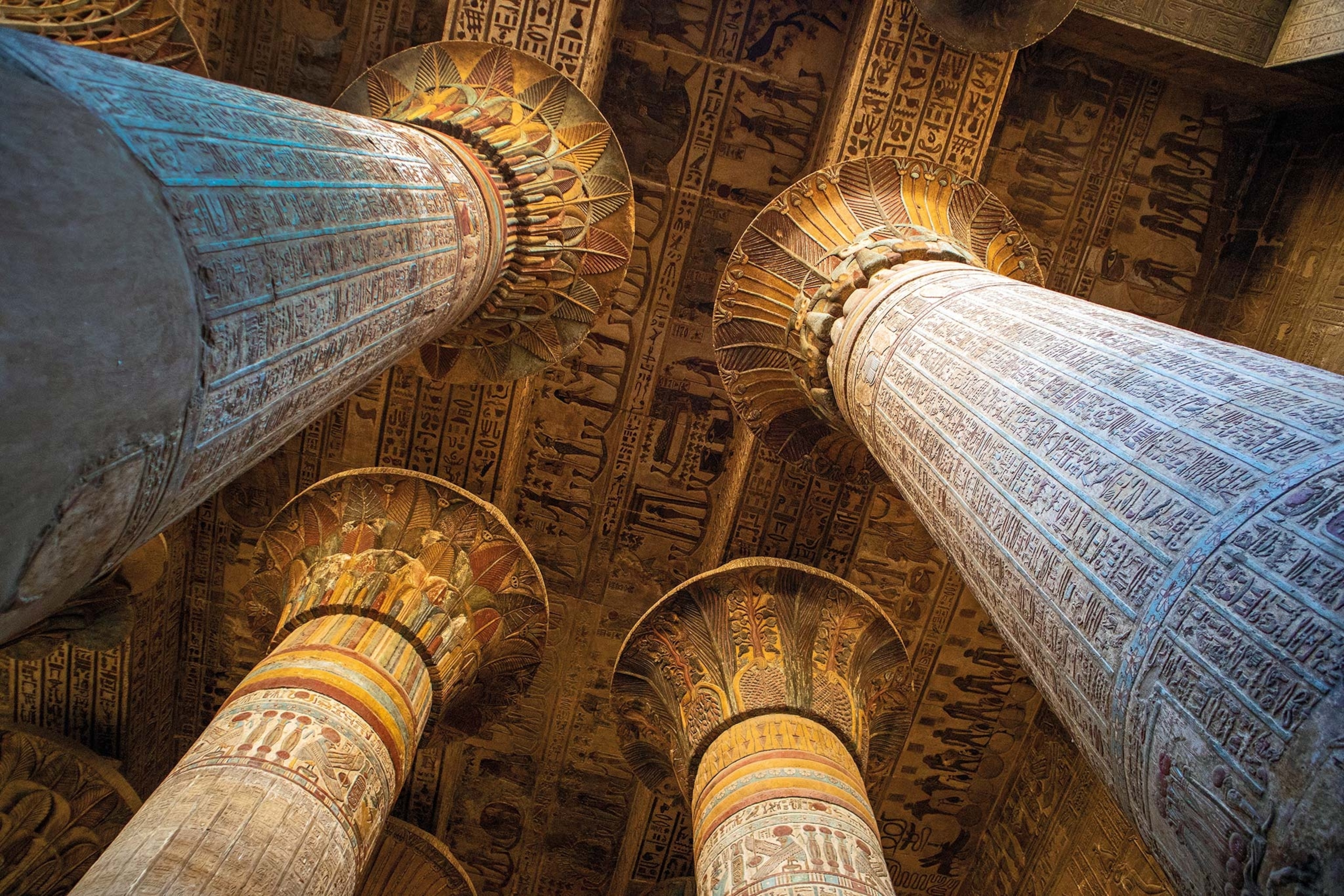
Archaeologists had to remove two millennia of grime to reveal this ancient Egyptian artwork
The meticulous five-year cleaning process even involved toothpicks. The restoration provides key insights into how ancient Egypt celebrated New Year’s Day.
Restoration of the ceiling of Egypt’s Temple of Esna has revealed a vibrant display: full-color reliefs of the zodiac, depictions of constellations and planets, and hieroglyphic inscriptions that could unlock some of the meanings behind these celestial images.
What obscures, it turns out, can also protect: “Layers of soot and dirt that accumulated over nearly 2,000 years enabled this remarkable state of preservation,” Christian Leitz, who oversaw the project, told History.
Over five years, a team of 30 people worked together on the joint project of the Egyptian Ministry of Tourism and Antiquities, represented by Hisham El-Leithy, and the University of Tübingen in Germany. They revealed vibrant color still intact after millennia. Highlights include a complete set of zodiac signs and a divine depiction of the annual flooding of the Nile.
A team of 30, working together for five years, cleaned centuries of soot from the temple’s ceiling.
Meeting of two worlds
Situated just south of Luxor on the Nile, the Temple of Esna is one of the last such buildings erected in Egypt. The construction began in the second century B.C. under Pharaoh Ptolemy VI. Successors of a general of Alexander the Great, the Ptolemy pharaohs introduced into Egypt a rich fusion of Greek and Egyptian cultures. Additions were made to the temple, dedicated to Khnum, god of fertility and the source of the Nile, until the Roman imperial period.
The ceiling is in the temple’s pronaos (vestibule) and was built during the reign of the Roman emperor Claudius (A.D. 41-54). It is the only part of the temple that still stands today. Its central position in Esna helped ensure the valuable stone of the structure was not robbed for use in other buildings. For many centuries, the building was occupied by the citizens of Esna, whose open fires caused thick layers of soot to accrue.
(Meet the woman who helped save Egypt's temples from certain doom.)
The 24 magnificent columns that support the roof of the pronaos were decorated by Ptolemaic pharaohs, with Roman embellishments added in the first century A.D. Date palms, lotus flowers, papyri, and vines with clusters of grapes all reflect the fertility of the Nile Valley.

Heavenly sights
Cleaning the ceiling to reveal the second-century A.D. artwork lying beneath was a painstaking process. “Toothpicks were used to scrape off the dirt,” Tübingen University’s Christian Leitz said.
(Anonymous artists invented ancient Egypt's iconic style.)
Among the many images the joint team uncovered: a full set of 12 zodiac symbols. Tübingen University’s Daniel von Recklinghausen explained in a press release that the zodiac was commonly used to decorate private Egyptian tombs but was rarely used in temple decoration.
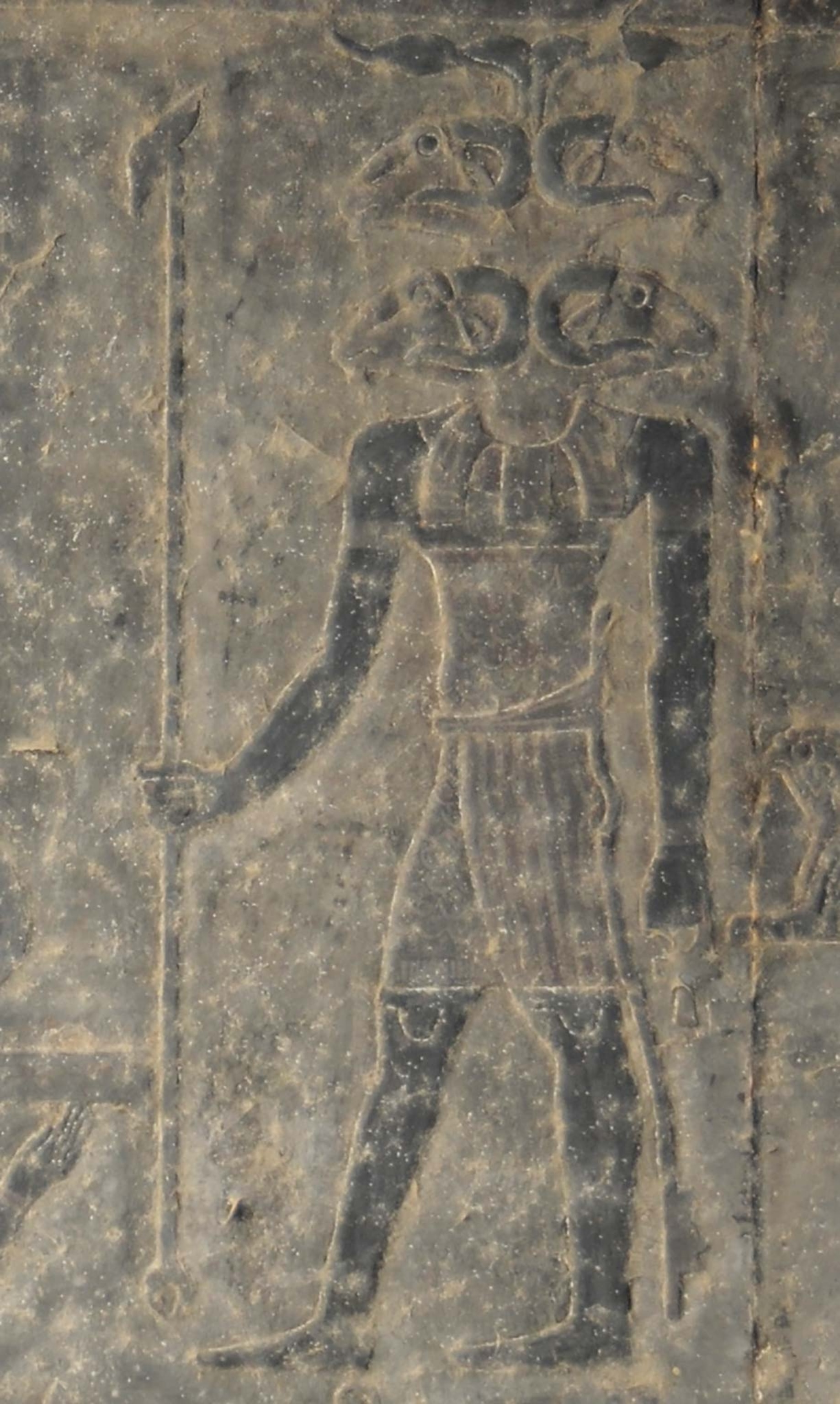

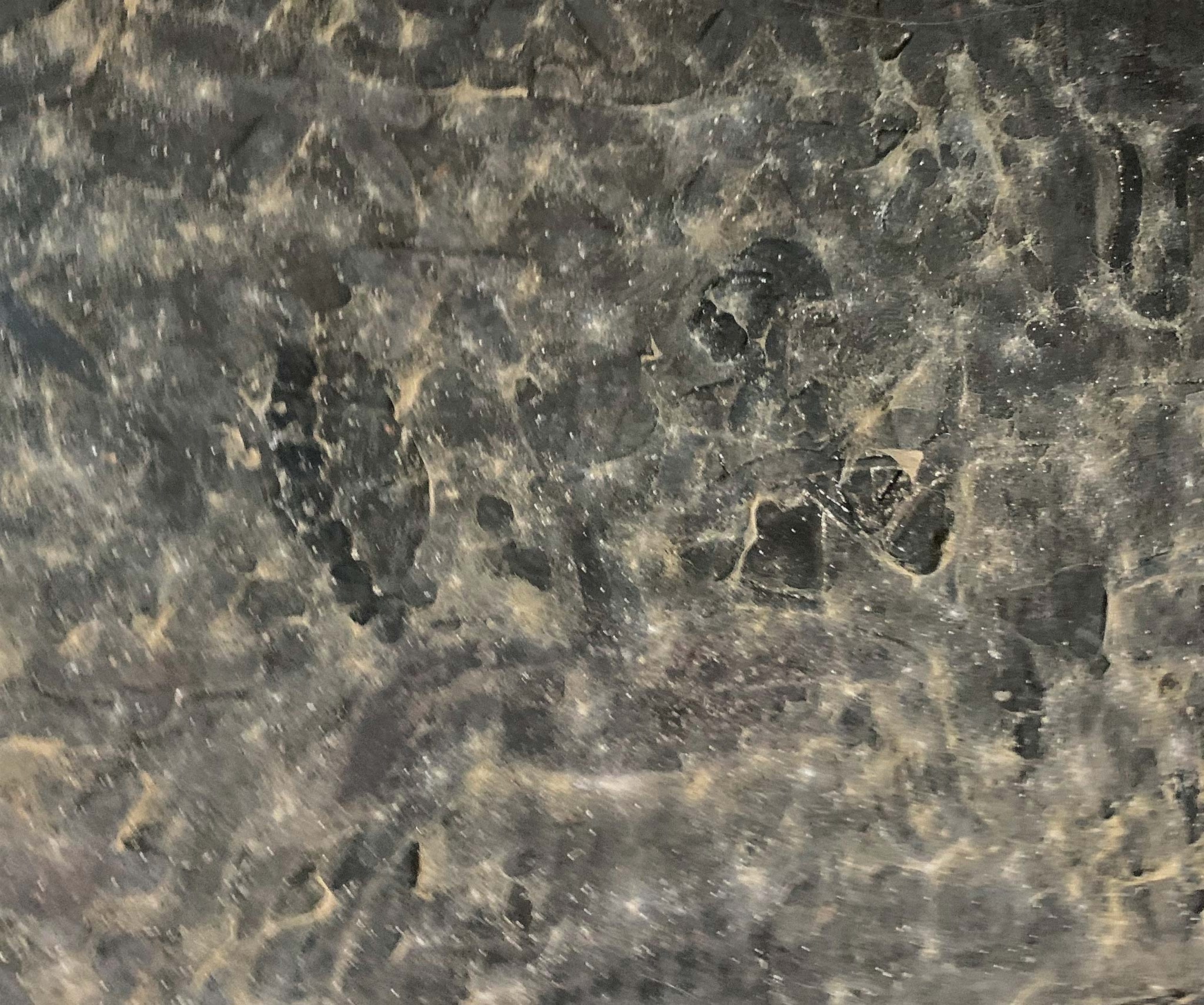
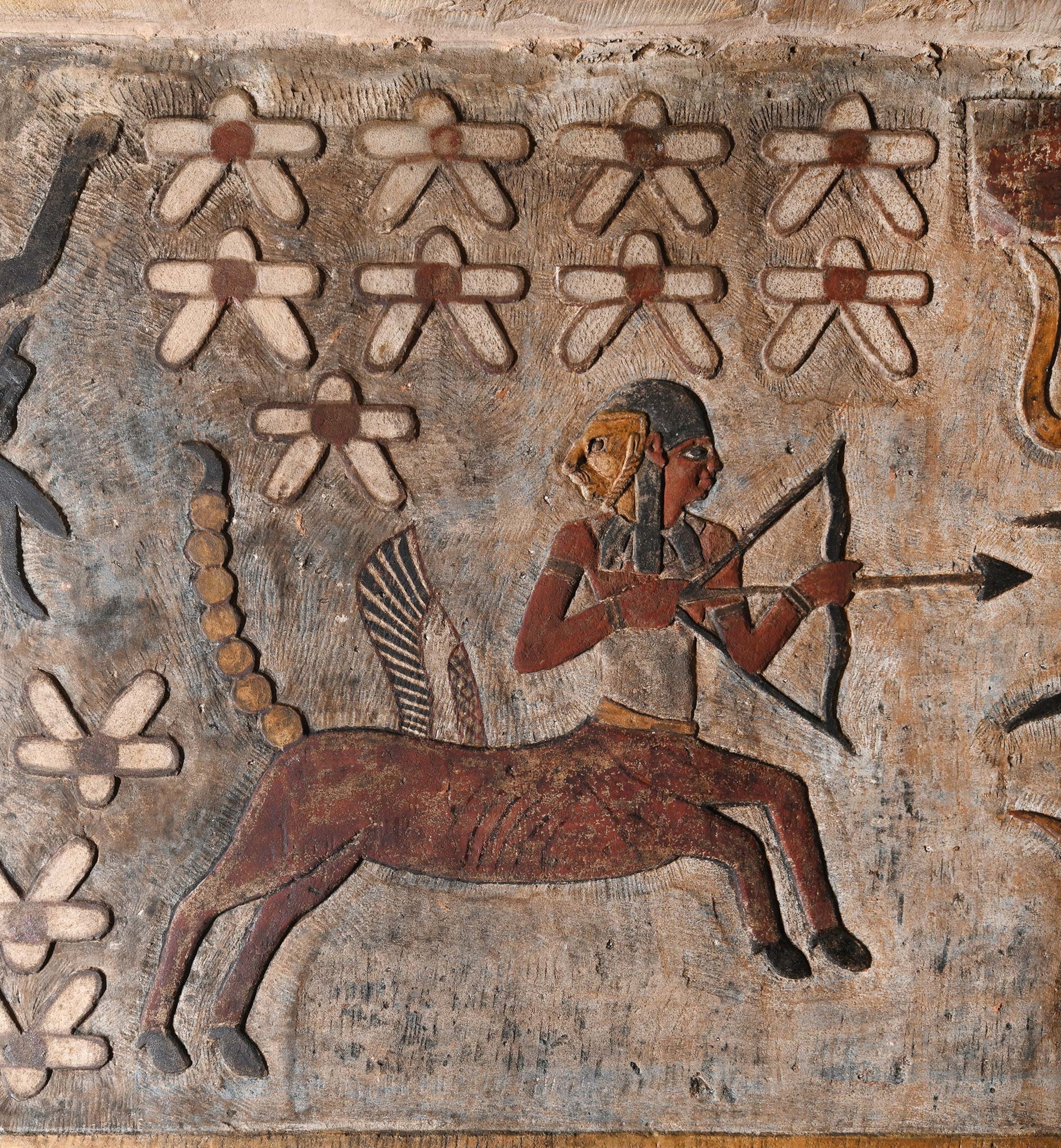
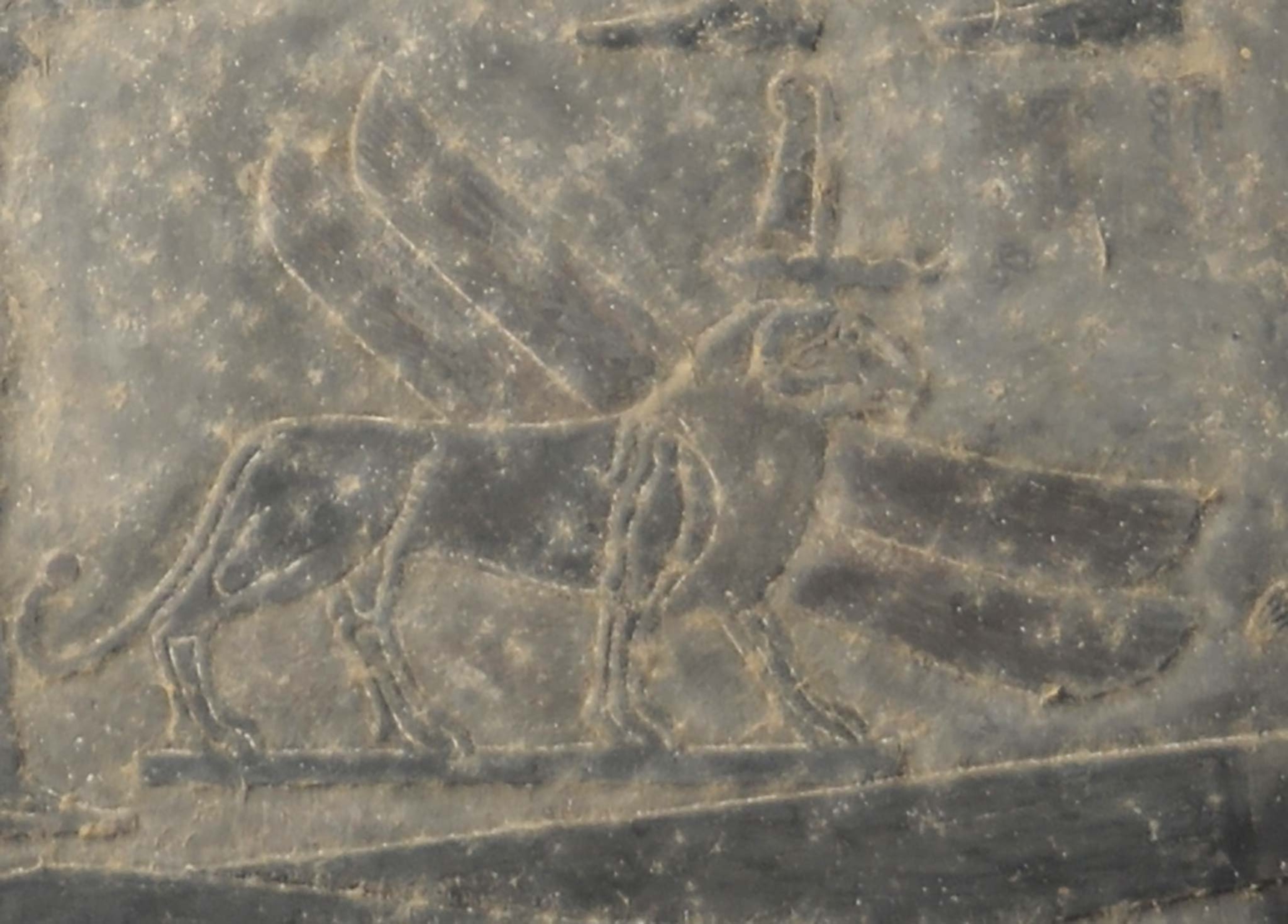

Dating back to the Ptolemies, the symbols, similar to some in modern astrology, originated in Babylon and were brought to Egypt by the Greeks. Alongside the symbols are other constellations and even the planets Mars, Jupiter, and Saturn.
Of special interest to scholars are the hieroglyphic inscriptions accompanying the images. French Egyptologist Serge Sauneron was among the first to record and interpret them in the 1960s and ’70s. This latest restoration has uncovered some 200 more that had been obscured by the dirt and soot. Deciphering these inscriptions will help better interpret the imagery and reveal names of unknown Egyptian constellations.
(Explore the ambition of the Notre Dame Cathedral's faithful restoration.)
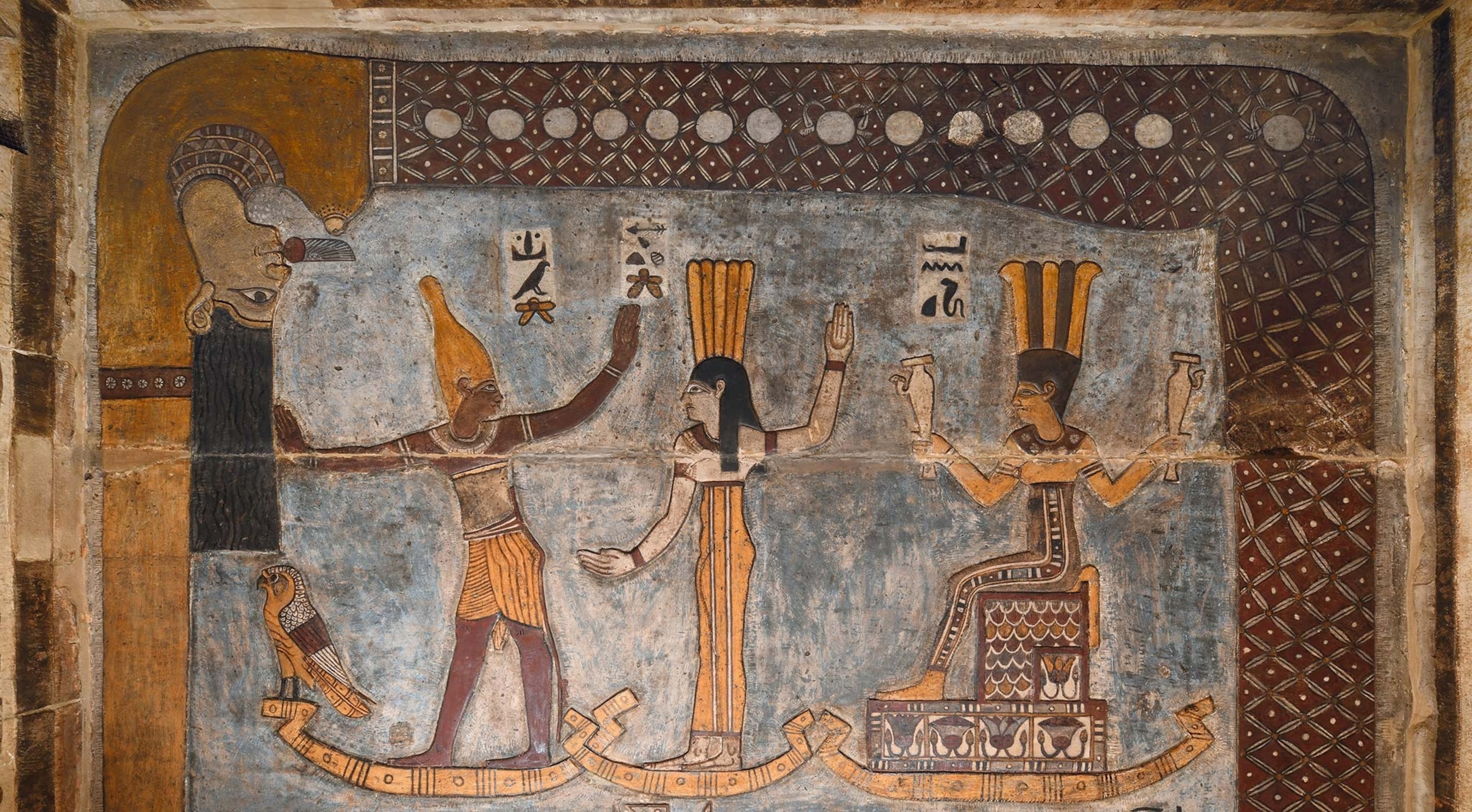
Another major discovery is a representation of New Year’s Day. The Temple of Esna’s proximity to the Nile provides key insight into understanding the relief’s meaning. The Egyptian New Year was marked when the bright star Sirius, invisible for 70 days, reappeared in the eastern skies. Personified in the relief by the goddess Sothis, the star’s return coincided with the Nile’s annual flood.
To celebrate, ancient Egyptians feasted and drank as part of a festival called Wepet-Renpet. One hundred days later, thanks to the goddess Anuket—also personified in the newly discovered relief—the Nile waters would finally recede.
With the restoration of this artwork and the other reliefs, Esna joins the Hathor temple in Dendera as the two temples with the best preserved astronomical ceilings in Egypt. Now that the ceiling is complete, the columns and walls are being cleaned to restore one of Egypt’s great Greco-Roman treasures to its full polychromatic glory.
(From cats to cows to crocodiles, ancient Egyptians worshipped many animal gods.)
Rising and receding


